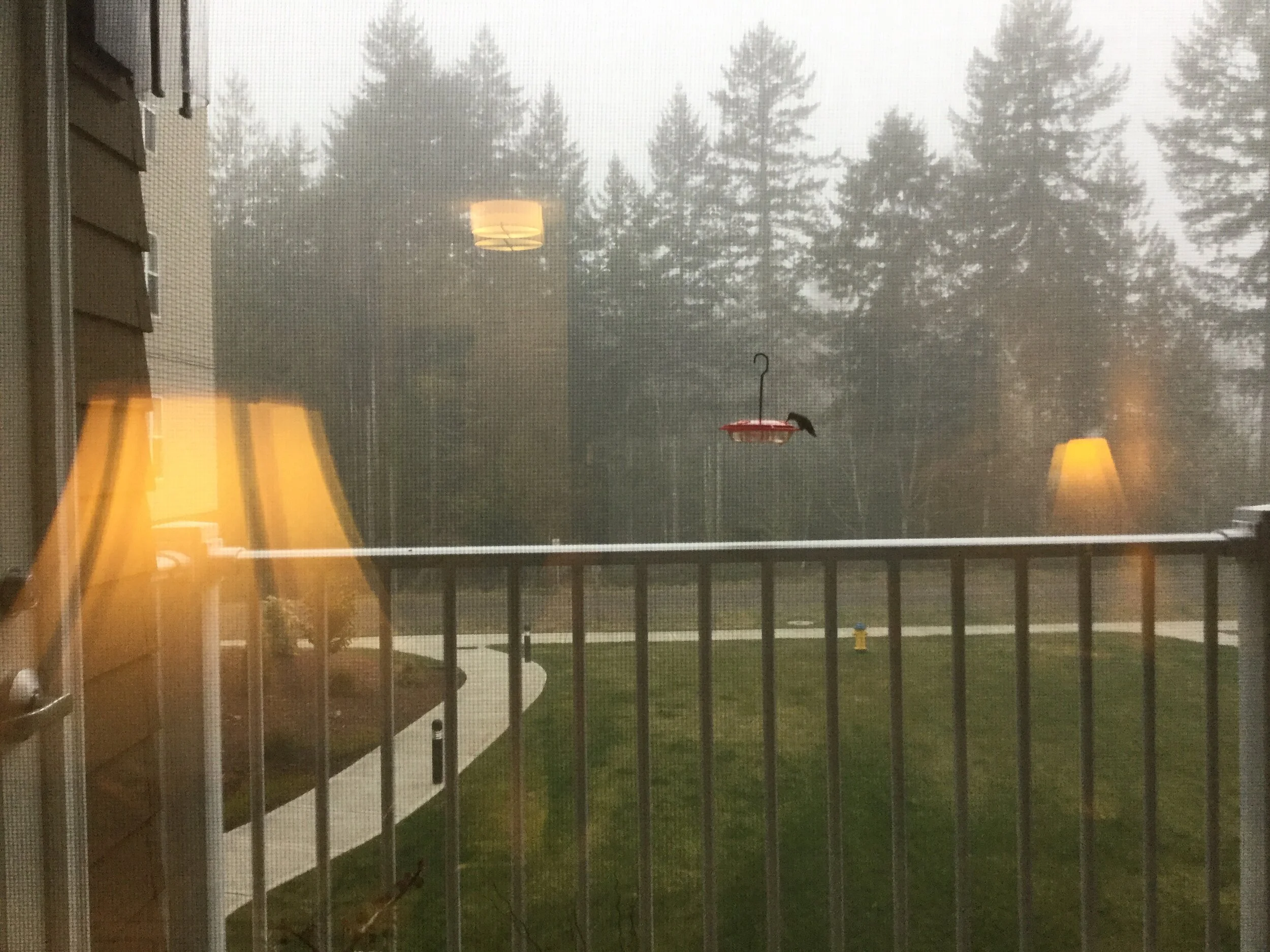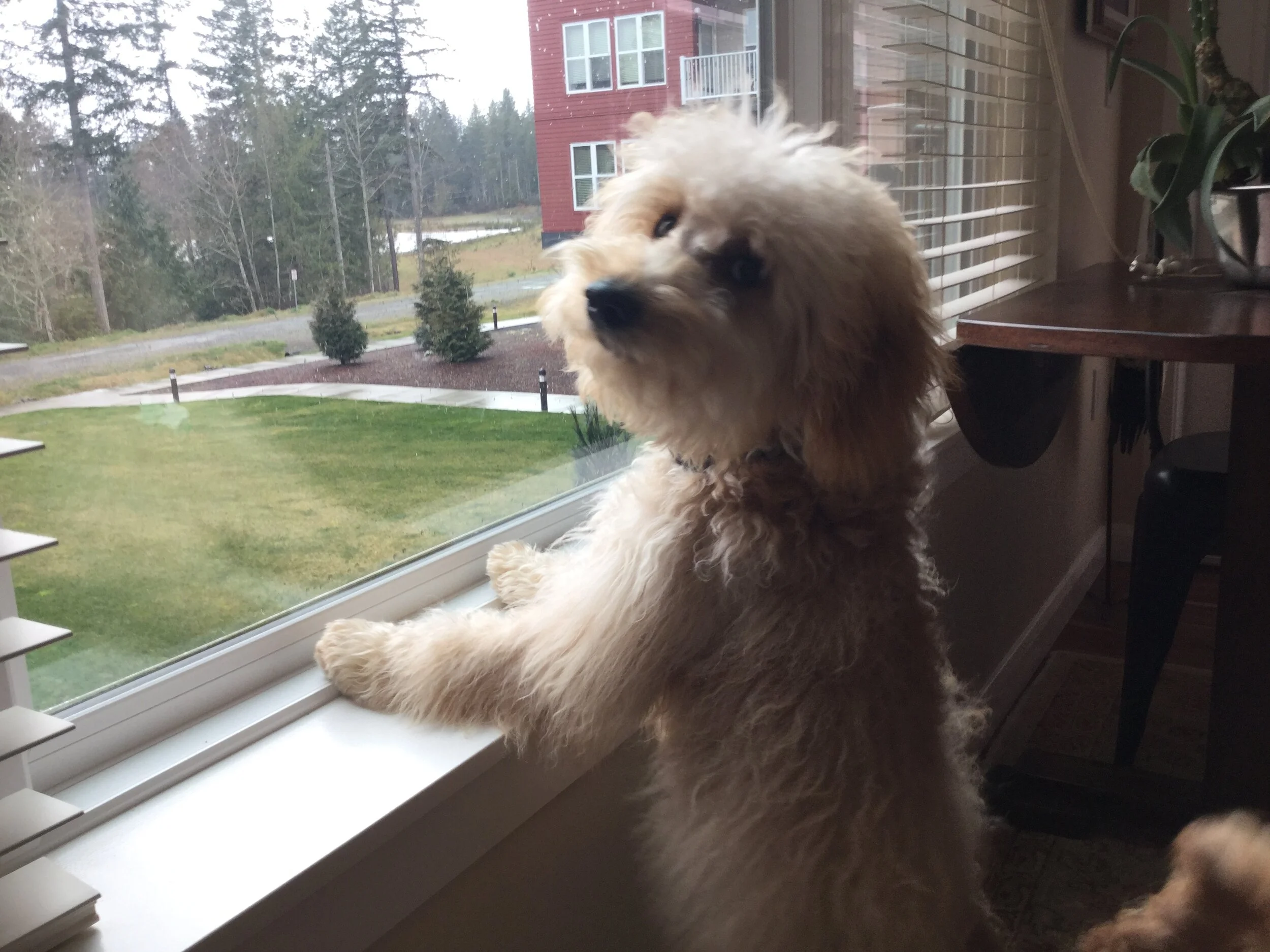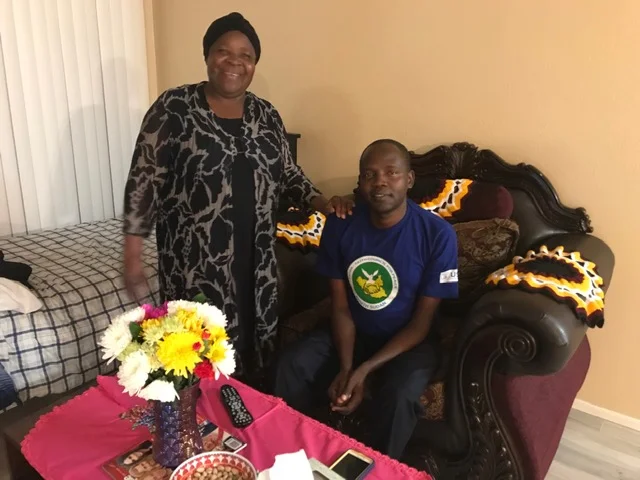FLU . . . THEN AND NOW
From my journal—March 21, 2020, Saturday
Covid-19
Covido-19. “19” because it emerged in 2019. Covid? I’m not sure, but surely that’s from Corona, the family of viruses from which it springs; and it seems to have sprung madder than hops because it is at the ready, it cannot reproduce itself. It has to find something other than its own kind with which to mate to enjoy offspring. I wonder, then, like some bugs we like, does the parent die? And those baby viruses that don’t escape to some other living thing, what is their lifespan; or what would the lifespan be if the host’s antibodies didn’t attack and kill?
And—ha ha ha—who among us can keep hands off face? And who among us hasn’t already walked in the path of the stuff, touched a package surface that bore it, picked up the apple just handled by a hand of a stranger whose sneeze . . . Mercy, it’s everywhere.
But I’m remembering 1918, the year of my mother’s birth. There it was, the Spanish Flu, member, I think, of the H1N1 family, born, say some, in a Haskell County military camp, Kansas. I’ll happily give the origin to Kansas. I’ve never liked the idea of Kansas, given a book I read some many years ago about the battles there between Abolitionists and pro-slavery settlers (what was that book?).
The origin is, of course, argued, but in March 1918, a Company cook reported sick at Fort Riley where troops were being trained, and a concerned local doctor warned the US Public Health Service that this seemed severe. But, hey, we were busy training troops, and besides, it was March, and Spring was upon us, and even though within days 522 men at the camp reported in sick, there were places to go where sunshine can be enjoyed along with thousands of others on school break or from cold climes (Wait. That’s this year). Preventive measures had to wait a while. You know, priorities. And, besides, it appears that an agreement existed among war allies to censor information about this uninvited participant.
But, that darn Spain! Spain had not entered the war. Spain did not agree to censorship, and let’s admit it, Spain was a Catholic country and we all knew how bad that was! And once the epidemic reached Spain from France, she blathered on in public about what was happening in the world. The world would show her—it labeled the epidemic in her honor: Spanish Flu. Now, that could be funny, if it weren’t.
But the story has prompted thoughts of my mother. By late 1917, no fewer than fourteen U.S. military camps had experienced the epidemic, and NYC was a mess of deaths, and phylogenetic analyses (whatever is that?!) finds evidence that the virus likely (likely?) had a North American origin.
But, what about the First World War at that time? Seems likely (what a great word) that the virus was carried on troop ships from Boston to Brest, France, to the battlefields, to powers that be who chose not to talk about the severity of the stuff because, well, you know, we had an important family feud going on and it needed to be settled in trenches without the distraction of a world-wandering cough.
“Aeh-CHEW!” And a half-million virus particles fly through the air. Wheeee! Free! Find a nearby landing spot. And it did. Where better than on the battlefield among crowds of malnourished men managing to give their lives for a less than noble cause. But, mine is not a quibble about war. I’m thinking of my mother who lived to her 94th year, who was born in Arizona in 1918, two months after the first report of “something severe.”
Interestingly, Arizona was severely hit by Spanish Flu. Apparently, fifty-million people around the world died over the course of two years, but my mom with her mom and dad were in Bisbee, Arizona, and Arizona, a very poor state boasting slums to rival any in the country, loaded with neglected and malnourished native Americans, had become a magnet for sick people, especially those with lungs that needed dry air and plenty of sunshine and, hello, what better place that the south of that state and you can’t get much further south than Bisbee. Shacks cities, and oh yeah, the silver and copper mines in which my engineering grandfather worked; great concentrations of people with “low socioeconomic status” working in close quarters.
Now, over a hundred years later, it’s no surprise that poverty proves a perfect setting for disease. A new scholarly look at the flu’s impact on Arizona estimates that 6000 Arizonans died in the pandemic in 1918 alone (I’m looking at an article from ASU, “Counting the Dead: Arizona and the Forgotten Pandemic.”)
I’m drawn to all this because my mom, Alice, was born in May, 1918, in Bisbee, Arizona and while the infant mortality rate hurled high, while thousands were dying and many more suffered the flu, my mom and her parents, survived.
I don’t remember any conversations with my grandmother about 1918-1920, but it must have been terrifying. Or, was it? Was she even aware that the world was being consumed? Did news of that sort reach her? Is there an advantage of being “out of reach” when “within reach” terrifies us? We know enough today. Perhaps it is safe to keep the news at bay for a few days. Perhaps a brief check-in with NPR or PBS every few days is enough. My mother made it through severe circumstances. Some of us will.
Today, I’m going to play my recorder, remind my hubby, kids, and puppy how I love them, and knit while I watch again, the movie, “The Help.”





